I am a beginner electronics hobbyist. I found this book called Basic Electronics for Scientists and Engineers and I am currently reading on RC circuits but got stuck trying to understand the equation.

simulate this circuit – Schematic created using CircuitLab
The given schematic is as shown above and the equation obtained using KVL is

where Q is the charge and C is the Capacitance. (Eq 2.16)
Then it states that
We next take the derivative of Eq. (2.16) in order to remove Q in favor of the current I. Since V is constant for either switch position, we obtain for both cases
This is where I struggled to understand how the second equation is derived from the first equation and my weak calculus knowledge isn't helping either.
I understand that since current is changing and resistance is constant, we get  but why did
but why did  became
became  and why did V became 0?
and why did V became 0?
I would really appreciate it if I could get some clarification or guidance on how to understand this further because I really couldn't figure it out on my own. Thanks in advance.
